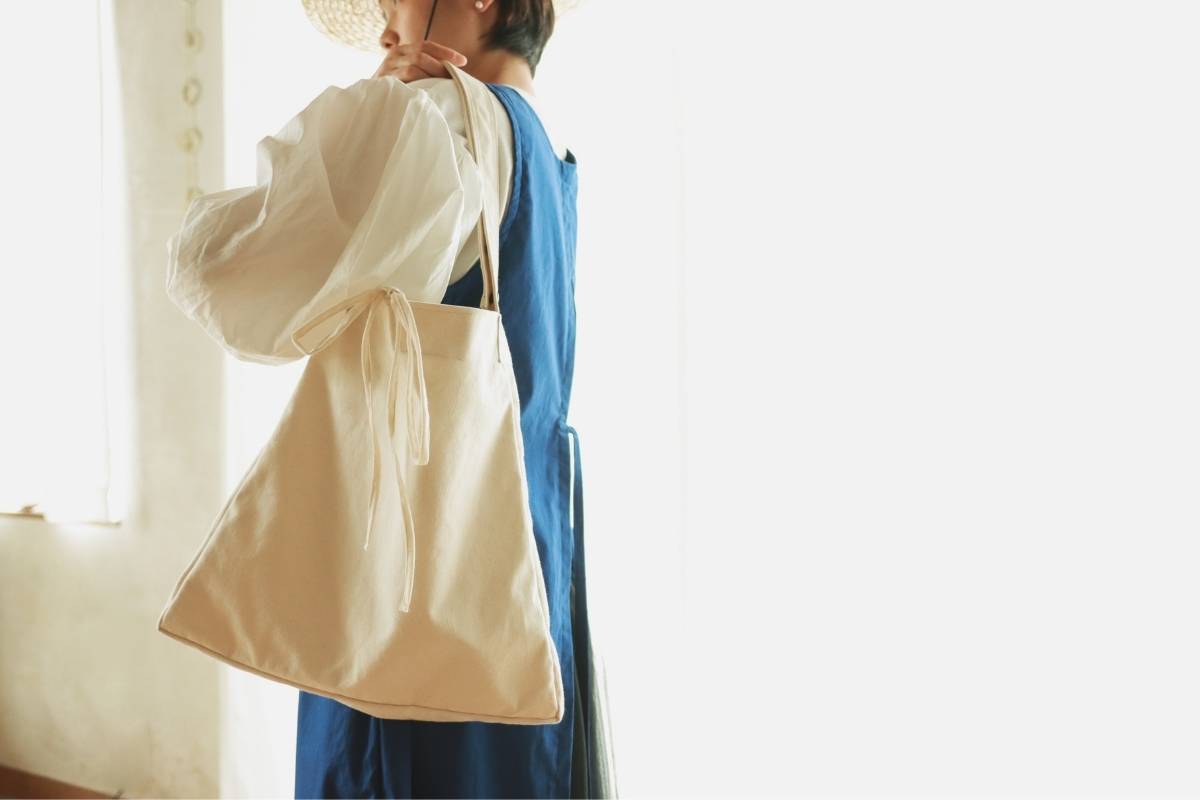Hemp and Sustainable Fashion

Since the RIO Earth Summit, sustainability in fashion has become a huge trend. As more people become aware of the importance of protecting our environment, fashion brands are now taking on larger social responsibility.
In today’s fashion industry, many brands are turning to natural raw materials such as organic cotton, tencel, and hemp to make fabrics. They are also using recycled fabrics and linen that require little chemical treatment.
The rise and acceptance of CBD products and favorite delta 8 gummies have perhaps influenced a liking of hemp fabrics in fashion. The 90s stereotype of the cannabis plant is fading out and people are now comfortable associating with a product from the plant.
This article will look at the contribution of hemp to sustainability in fashion.
Why Hemp?
Despite its benefits, hemp has a stigma that contributes to its unpopularity, particularly among conservatives and adept religious followers. Unbeknown to them, hemp is one of the most sustainable fabrics.
Here is why:
- The hemp fabric is incredibly strong. The fabric is three times stronger than cotton while remaining lightweight.
- It is great absorbent, durable, and long-lasting.
- It is suitable for outerwear clothing. Hemp fabric is windproof, UV-resistant, mold-resistant, and wet weather-resistant. For this reason, it’s one of the best fabrics for coats and jackets.
- It is versatile in that it blends well with other types of fabrics. Some fabric makers mix hemp with cotton, silk, and bamboo to improve the sustainability of these fabrics.
- Cannabis grown for hemp fabric is inexpensive. The cost of planting hemp is relatively low as it does not require pesticides and needs little water to mature.
- Most importantly, hemp fabric is environmentally friendly. The hemp plant needs little water, does not require pesticide use or chemical fertilizers, renews soil nutrients, and is degradable.
Additionally, the rise and acceptance of hemp products such as CBD oils, creams, lotions, and additives have changed how people view hemp. A growing number of people are experiencing the advantages of CBD and other hemp products, and their testimonies are spreading the acceptance of the benefits of hemp.
Farmers are now harnessing the more viable and less destructive properties of the hemp plant and not as a recreational drug. The production of hemp for fabric has shown to be more sustainable and socially ethical than the production of hemp for drugs.
Moreover, the demand for hemp fabric in fashion is increasing by the day making the practice more profitable than before. Environmental consciousness in fashion is creating a huge market for organic fabrics that offer the environment a fighting chance against other destructive sources of fabrics.
Finally
The negative picture of the hemp plant painted by its use as a recreational drug is slowly fading away as more and more people learn about other productive benefits of the plant.
Textile manufacturers are therefore learning the importance of sourcing eco-fabrics, and hemp fabrics provide one of the best sources. For this and other reasons, hemp fabric isn’t far behind CBD products when it comes to popularity.
Try hemp fabric fashion next time you’re out shopping and join the eco-fashion movement.
